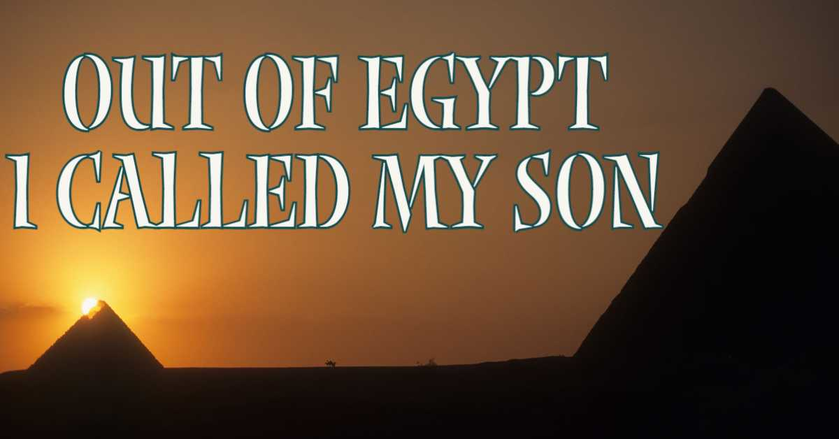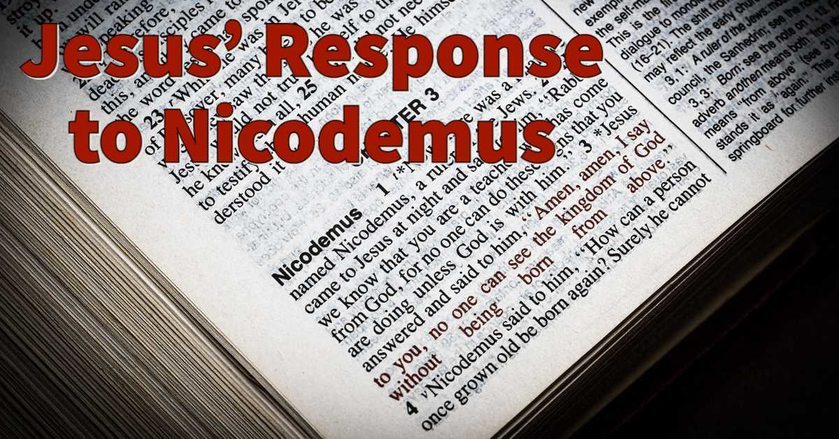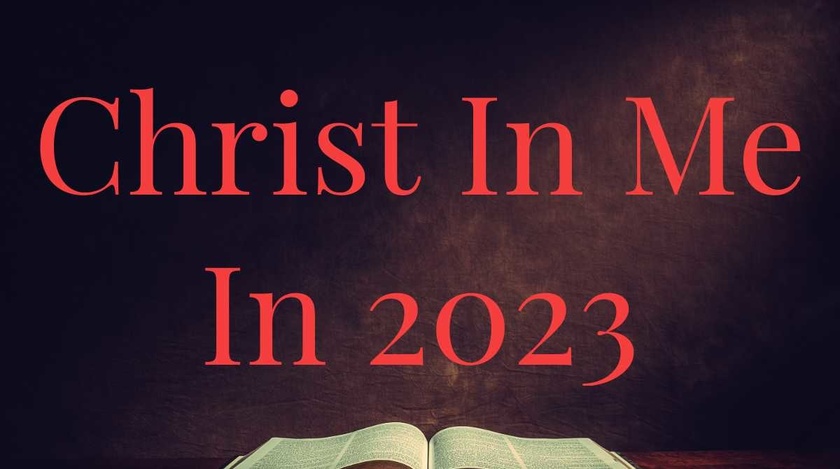In Matthew 2:15, Matthew says that Jesus being taken to Egypt for His protection until Herod had died was “that it might be fulfilled which was spoken by the Lord through the prophet, saying ‘Out of Egypt I called My Son.’”
The quotation comes from Hosea 11:1. However, when you look at Hosea 11, the prophet talks about God’s love for Israel. There is no reason someone would read Hosea 11 and see any Messianic prophecy there whatsoever. It is about the exodus of Israel out of Egypt, not Jesus. So, did Matthew misapply this passage, or take it out of context, when applying it to Jesus? And, if so, doesn’t that cast doubt on everything Matthew wrote? NO! Of course not!
The central theme of Matthew is to show Jesus as the fulfillment of God’s scheme of redemption. He does this using the repeated phrase, “that it might be fulfilled” (9x in Matthew). He quotes numerous Old Testament passages and shows how Jesus is the ultimate fulfillment of what those passages were pointing forward to. However, not all those quotations are explicitly clear in their application. Some are used as type and antitype, as is heavily used in the Hebrews letter (Heb. 8:5; 10:1). Matthew uses Hosea 11:1 to establish Jesus as the antitype of Israel. Israel was God’s chosen (elect), and His special favor was on them. Jesus is the ultimate fulfillment of God’s Chosen One, and we are elect in Him! (2 Tim. 2:10).
Matthew 2:15 is an example of how Old Testament Scripture points to Christ (cf. Rom. 15:4; 1 Cor. 10:6). Matthew’s “Nativity” account is filled with such Old Testament references (cf. Isa. 7:14; Mic. 5:2; Hos. 11:1; Jer. 31:15). He shows how Jesus came to be the ultimate fulfillment of God’s protection, God’s desire to save man, God’s perfect Shepherd, the Deliverer, another prophet like Moses, another David, the Messiah. From the very beginning, He was a light to the Gentiles (Isa. 49:6; 42:6; 60:3). The wise men from the east (Gentiles) saw His star (light) and came to worship Him! Do you see His light and offer your worship through Him?



















